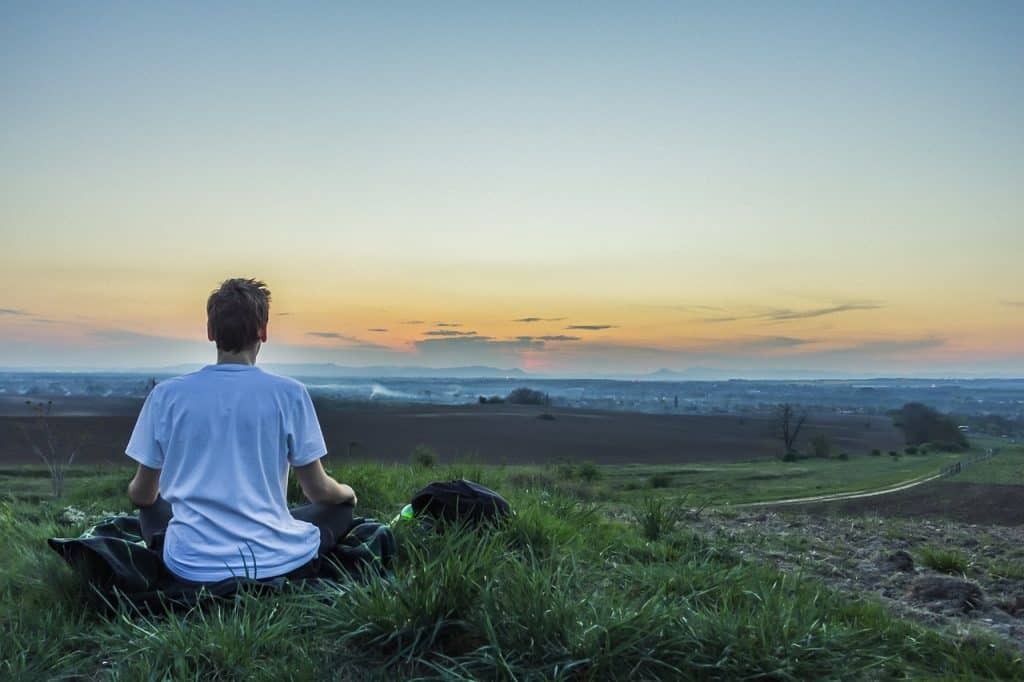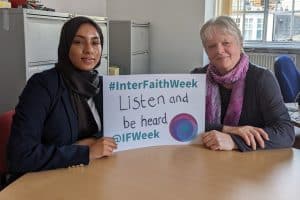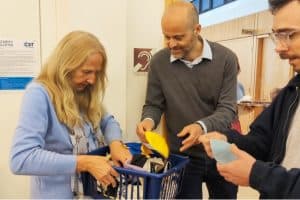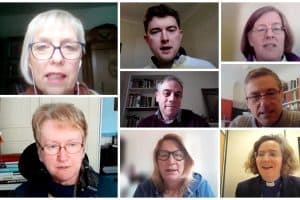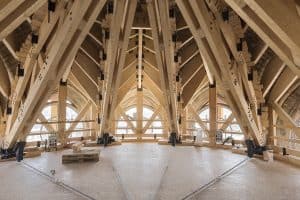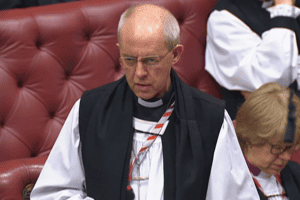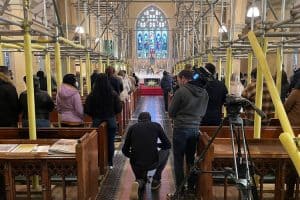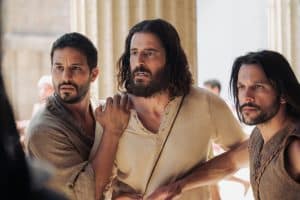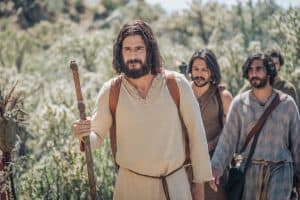By Tim Maby
Churches have been online for decades, but “it’s gone mainline during the pandemic” and is soaring among young people, a Religion Media Centre briefing was told today.
After the lockdown, online religion started with YouTube and livestreaming of services and then had to be developed because buildings were shut. All religions had to find a way of offering worship to their congregations and some community engagement.
What then emerged was an opportunity to include many who had not been able to share in physical church, such as housebound and disabled people. Many disabled groups already had successful online ministries. Worship leaders responded well, offering services of recorded material, including music and also community services through the Zoom videoconferencing app, with many people able to engage together. It has made possible a future of a “hybrid church”, a mixture of online and physical religion.
The Rev Dr Peter Phillips, director of the Centre for Digital Religion at Durham University, says that when you now see bishops conducting the eucharist at home tables, the church is reviving the spirit and revelation of its origins 2,000 years ago.
Dr Phillips told the webinar he had been staggered by the extent of the take-up. A recent survey run by the research consultancy Savanta ComRes asked members of an online panel what their experience was of online worship during lockdown and found that 45 per cent of 18 to 34-year-olds and 49 per cent of 25 to 34-year-olds prayed in July. It was even higher in August — 55 per cent. Another question on worship showed that more than half of young people aged 18 to 24 were engaging in online worship. “That’s just staggering. I’m shocked by that,” he said.
The survey interviewed 2,244 UK adults aged 18-plus online between 31 July and 3 August. Data was weighted to be nationally representative of all UK adults by key demographic characteristics.
The poll also showed a considerable difference between generations, with older people starting to “drift off”. And there were interesting geographical trends, with London once more emerging as the faith capital in the UK, followed by the West Midlands and Yorkshire. It was no coincidence, Dr Phillips said, that these places were multicultural, which was good for people of faith who worked together.
The explosion of interest among young people was confirmed by other surveys, such as Pew Research, which asked people why they had attended an online religious service and found that people “wanted to be closer to God”. In the lockdown you have this sense, Dr Phillips said, that people want to consider serious things.
He expanded on the idea of the hybrid church — “the new normal” — which may retain the best of both physical and online religious activity. Certainly online worship was more inclusive for disabled or housebound people, for example. Academics were researching this at the moment, in particular how the sacraments, such as communion or baptism, could be observed faithfully online.
Rabbi Laura Janner-Klausner, senior rabbi to Reform Judaism, said there was no going back on this experience and the future of Judaism would be a dual experience, though many Jews were now really missing worship in the presence of each other and there were still many theological difficulties to disentangle, such as whether one could say the memorial prayer. Some rabbis were also concerned whether people would bother to come back to synagogues after the pandemic was over.
Jewish clergy had been brilliantly creative in providing similar opportunities, in spite of the need to have at least 10 Jews together to form a quorum. It had been very important to keeping the sense of community engagement. Even the Strict Orthodox , who would not use any electrical device on Shabat, were now using online methods throughout the week right up until the minute of Shabat beginning. It had been particularly important for engagement in the conduct of funerals, Rabbi Janner-Klausner said.
Dr Abdul-Azim Ahmed of Cardiff University had found in his research that the Muslim community was already well adapted to using modern social media from their need to communicate across large distances and had considerable knowledge of technology. Half British Muslims are under 25 and British-born and so are “digital natives”.
Many mosques also had equipment for radio communication to their members, originally set up so people could hear the imam and the call to prayer in their homes, especially for women. They had revived the equipment to use them again. They were able to broadcast services and lectures that way as well as online, while classes were simple to conduct on the internet. But communicants missed the opportunity to call in at the mosque frequently for prayer and contemplation and engagement online was decreasing in the Muslim community.
Dr Phillips had found that a wider group of people not usually connected with worship had begun to take part in online religion. The Savanta ComRes poll showed that many preferred it to attending church, because they could take part when and how they wanted. Others who were new to religion could observe for some time, before stepping forward and taking part. It was reported that they felt “it has given us a pew behind the back pew”.

